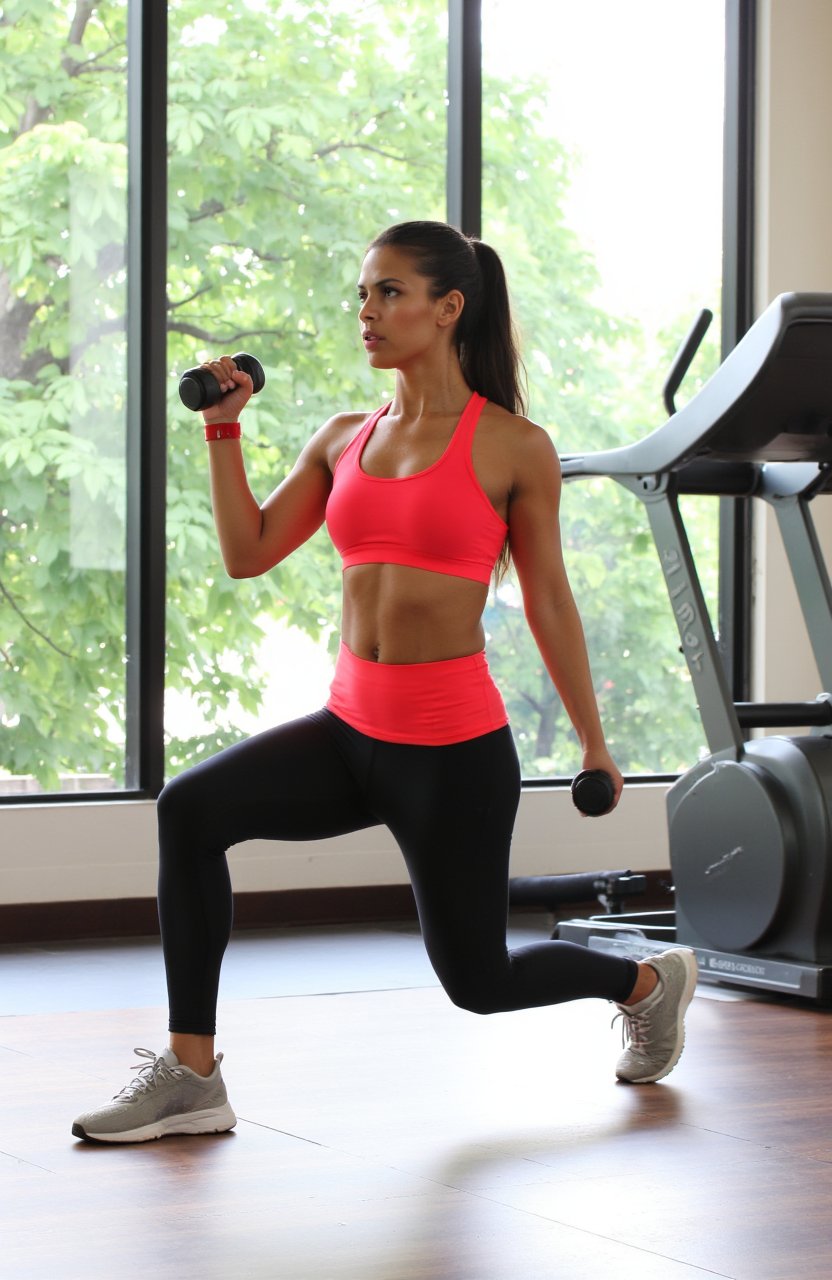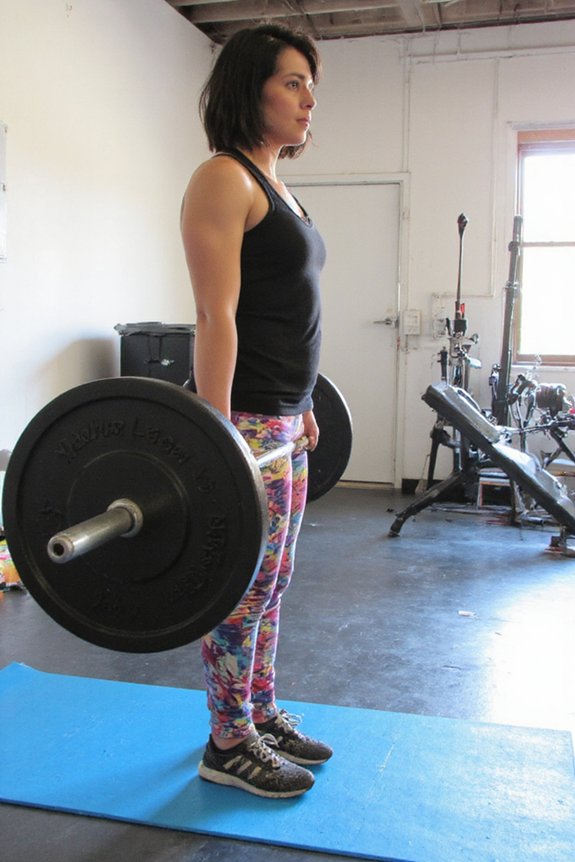When it comes to choosing the right cardio workout, you might wonder whether interval training or steady-state cardio is better for you. Both methods have their merits, and understanding how they differ can help you make an informed choice tailored to your goals.
Choosing between interval training and steady-state cardio depends on your goals and preferences, as both have unique benefits.
If you’re short on time, High-Intensity Interval Training (HIIT) might catch your eye. Imagine this: you sprint for 30 seconds, then walk for a minute. You can pack a powerful workout into just 10-30 minutes. Studies show that HIIT burns more calories per minute than steady-state cardio. Plus, the afterburn effect—known as EPOC—can keep your metabolism revved up for up to 24 hours after your workout. This increased calorie burn makes HIIT an efficient choice for those looking to lose weight quickly.
On the flip side, steady-state cardio involves maintaining a consistent, moderate intensity over longer durations, like a brisk 30-45 minute walk or bike ride. While it burns fewer calories during the session compared to HIIT, it’s easier on your joints and often feels more sustainable. Many women, especially those new to exercise, find they can adhere to steady-state cardio better without the risk of burnout or injury. This method also allows for enhanced recovery since it places less stress on the cardiorespiratory system.
It’s all about what you enjoy and can stick with long-term.
When considering health benefits, HIIT shines in improving cardiovascular health and reducing abdominal fat. However, steady-state cardio is also effective, enhancing endurance and lowering the risk of heart disease. Neither option is definitively superior for fat loss; consistency is key.
If you’re worried about burnout or fatigue, steady-state cardio might be more appealing, allowing for regular adherence without the intense demands of HIIT.
Now, if you’re balancing a busy schedule, HIIT’s efficiency can be a huge draw. But remember, it can be more challenging, especially for those of you just starting or dealing with orthopedic concerns. Meanwhile, steady-state cardio is generally more accessible, making it a great choice if you’re overweight or less experienced.
Ultimately, the best approach combines both methods to keep your routine fresh and effective. So, whether you choose to sprint or stroll, focus on what you enjoy. You’ll find that the best fat-burning workout is the one you can commit to and look forward to each day.









